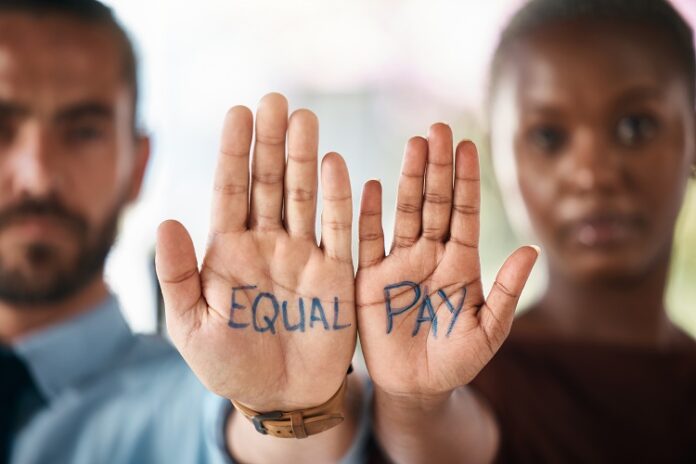In today’s age, workplace equality is highly important than ever. A significant progress has been made but there are factors that need to be done. One of the most important problems is the gender pay gap, which affects individuals, businesses and society. Additionally, the ethnicity pay gap has took attention in recent years as another aspect of inequality. So, it’s important to discuss the differences between the gender pay gap and the ethnicity pay gap, understanding them better and exploring potential solutions.
Table of Contents
The Gender Pay Gap
The gender pay gap means the inequality in average wage between men and women in a workplace. Although some developments have been realized in gender equality, studies show that women earn less than the male colleagues in various industries and job roles. It’s important to mention the seriousness of the pay gap changes between countries, industries and demographics, but the underlying issue remains the same everywhere.
There’re factors contribute to the gender pay gap. Job discrimination is significant, as women are often underrepresented in high-paying industries and leadership positions. Additionally, vertical segregation puts barriers to career development for women. Factors such as maternity leave, caregiving responsibilities, and unconscious biases further maintain the gender pay gap.
The Importance of Pay Gap Transparency and Reporting
In recent years, pay gap transparency and reporting have emerged as essential in workplace inequality. Governments and organizations worldwide have recognized the need to collect accurate data on gender pay inequalities. This data is a starting point for understanding the extent of the problem and finding effective strategies for change.
Transparency initiatives require companies with a certain number of employees to publicly report their gender pay gap numbers. This approach makes organizations accountable for their pay practices and motivates them to take steps to close the gap. It also encourages employees to make appropriate decisions about their careers and enables stakeholders to evaluate a company’s commitment to diversity and inclusion.
Exploring the Ethnicity Pay Gap
Although the gender pay gap has received attention, discussions about pay disparities have included ethnicity as well. The ethnicity pay gap demonstrates the differences in earnings between individuals from different ethnic backgrounds. Research shows that people from ethnic minority groups face obstacles that result in lower pay and limited career chances.
The factors contributing to the ethnicity pay gap are complex and interconnected with wider social and systemic issues. Educational disparities, unconscious biases, discrimination, and limited representation of ethnic minorities in senior roles all play a role in perpetuating this gap. Understanding and addressing these factors is crucial for achieving workplace equality for all.
Addressing Workplace Inequalities
To discuss the gender pay gap and the ethnicity pay gap, a versatile approach is necessary. The strategies that can help organizations and society to have greater workplace equality includes promoting diversity and inclusion, fair pay policies, flexible work arrangements, education and training. To understand these points better, employers can seek for an employment law advisory service. These organizations help them to create equal atmosphere in the workplace.
The gender pay gap and the ethnicity pay gap cause challenges in the pursuit of workplace equality. By understanding the points that contribute to these gaps and applying strategies, we can make progress towards a more equitable and inclusive work environment.












